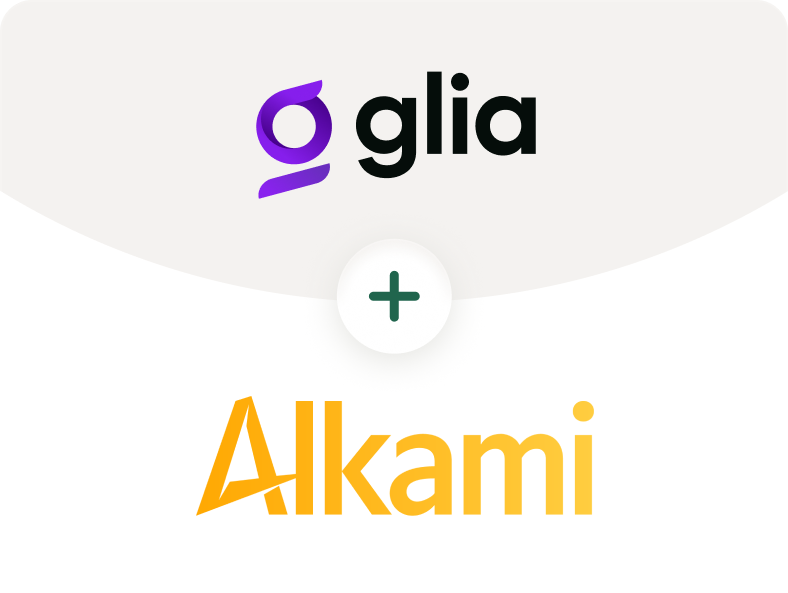

Financial institutions often turn to third-party contact centers as a quick fix for overflow and after-hours coverage. On paper, the math seems simple: instead of hiring additional staff during business hours or full-time night or weekend staff, you pay a per-minute rate to ensure your members or customers get a live voice anytime they call.
But the reality? That per-minute rate is just the tip of the iceberg.
The Price Tag That Keeps Growing
A quoted rate of $0.75–$2.00 per minute doesn’t sound alarming until you multiply it by thousands of monthly calls. Suddenly, your “cost savings” solution is generating bills in the tens — or even hundreds — of thousands. And that’s before you factor in:
- Transfer fees every time a call is escalated.
- Monthly minimums you pay whether calls come in or not.
- Maintenance and licensing fees buried in contracts.
For high-volume institutions, outsourcing can actually outpace the cost of building in-house coverage.
The Boomerang Effect: Paying Three Times for One Problem
Even more costly than the fees is what outsourcing doesn’t solve. Third-party agents can usually reset passwords or check balances, but they stumble when calls involve fraud disputes, loan applications, or high-value complaints.
That’s where the boomerang effect comes in:
- The call is answered by the vendor, but unresolved.
- It’s passed back to your internal team for follow-up.
- The frustrated member often calls again in the meantime.
You’ve now paid for the same issue three times — once to the vendor, once in internal labor, and once in reputational risk.
The Experience-Cost Trade-Off
Beyond dollars, outsourcing chips away at your brand. Agents serving dozens of institutions lean heavily on scripts and lack the personal knowledge your own team brings. The result? Conversations that feel robotic, impersonal, and disconnected from your institution’s culture. It also may take longer, as they need to find your scripts in their system.
That trade-off — operational efficiency for diminished experience — is no longer sustainable. Members expect more.
Why AI Changes the Equation
Here’s the good news: AI-powered self-service has matured to the point where it can resolve routine inquiries instantly, accurately, and around the clock — at a fraction of the cost.
- Lower Cost Per Interaction: Automated resolutions cut per-call costs dramatically compared to vendor rates.
- Consistent Experience: Virtual assistants can be trained on your institution’s data, policies, and brand voice.
- Smarter Escalations: When a complex issue arises, AI hands it off seamlessly to your in-house experts with full context preserved.
Instead of paying to outsource problems, you reclaim control — investing in your people and creating capacity for higher-value conversations.
Conclusion
Outsourcing may look like a shortcut, but the hidden costs add up fast — in dollars, efficiency, and customer trust. AI-first strategies offer a better path forward: one that blends cost savings with a modern, human-centered service experience.
It’s time to stop choosing between cost and experience. With AI, you can have both.
👉 Want to see how much your institution could save by rethinking third-party support?
.avif)


.avif)


.png)
.png)

